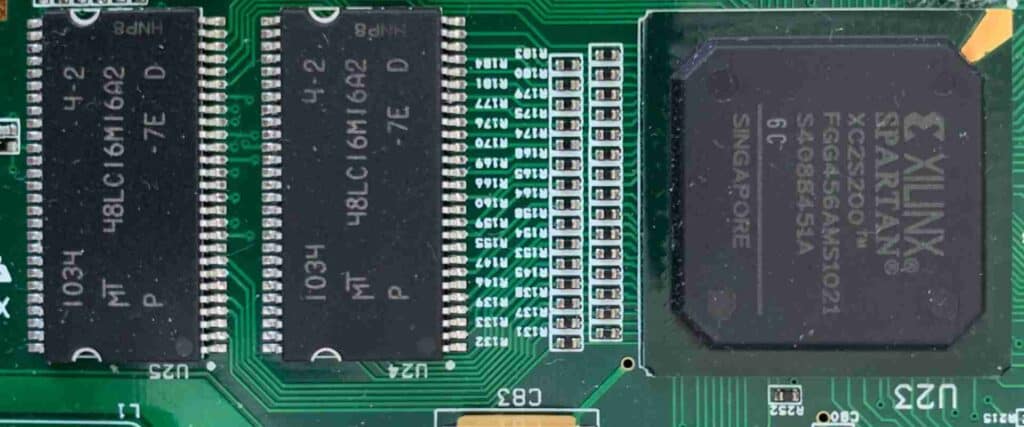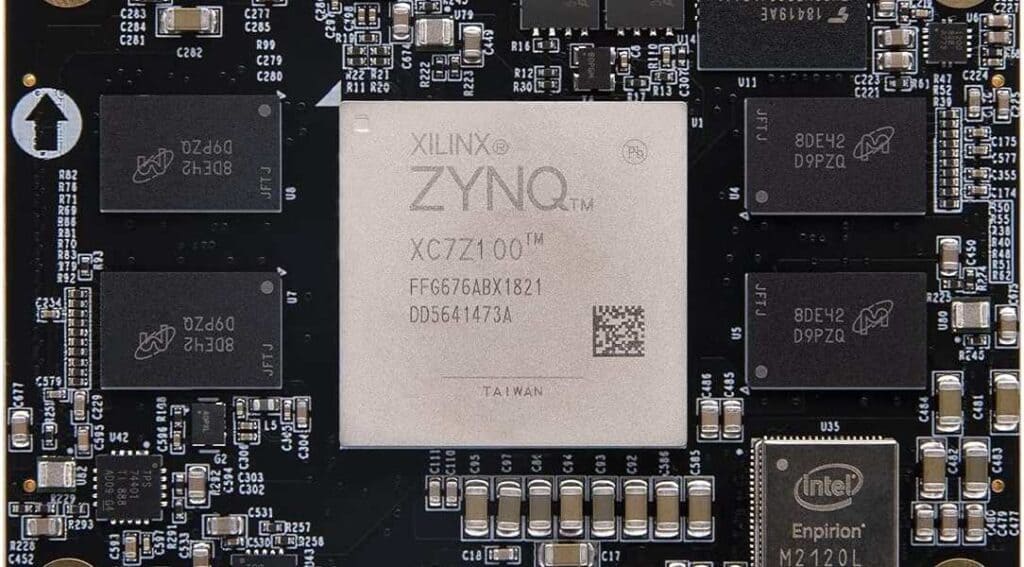Understanding Printed Circuit Board Assembly
Printed circuit board (PCB) assembly, also known as printed circuit assembly (PCA), is the process of soldering and assembling electronic components onto a PCB. A completed PCB before assembly is known as a bare PCB, since it contains only the conductive tracks, pads, and features etched from copper sheets laminated onto a non-conductive substrate. The assembly process involves mounting and soldering components like integrated circuits, resistors, capacitors onto the PCB using surface mount technology (SMT) or through-hole technology (THT).
PCB assembly services provide the specialized equipment, expertise, and quality controls needed to accurately assemble PCBs in high volumes. Companies offering PCB assembly services have the capabilities to:
- Accurately place tiny surface mount devices (SMDs) using automated pick-and-place machines
- Efficiently solder components using wave soldering, reflow ovens, or manual soldering
- Conduct rigorous in-circuit and functional testing to verify assemblies
- Perform conformal coating, potting, enclosures, or other secondary operations
Benefits of Using a Contract Assembly Service
There are many benefits to outsourcing your PCB assemblies rather than attempting in-house production:
Specialized Equipment and Operators
The surface mount pick-and-place machines, soldering equipment, and inspection tools required for PCBA can cost hundreds of thousands of dollars. Contract manufacturers spread these costs across customers. They also employ skilled technicians and engineers specialized in PCBA production.
Quality and Reliability
Reputable PCB assembly providers adhere to strict quality control standards and are ISO-certified. They perform comprehensive testing and inspections to deliver reliably working boards. Their experience with quality processes reduces defects and avoids costly rework.
Flexible Volumes
An assembly service can scale to meet demand spikes or minimum order quantities. They have the capacity to quickly ramp up or down without having to invest in additional equipment.
Fast Turnaround Times
Contract manufacturers maintain supply chain logistics which allow them to rapidly deliver components needed for production. Their inventory, availability of parts and equipment results in faster assembly turnaround compared to in-house operations.
Reduced Labor Burdens
Outsourcing assembly eliminates the need to hire, train and manage your own team of specialized operators and technicians. It also removes the overhead costs of maintaining production facilities.
Concentrate on Core Expertise
Relying on an assembly service allows product developers and technology companies to focus their resources on design, engineering and other core competencies.
Key Considerations When Selecting a PCBA Provider

Choose the Optimal Service Level
PCB assembly services offer varying levels of support. More comprehensive packages provide procurement of components, testing, inspection, and post-assembly services. Other providers focus solely on automated assembly. Select a service suited to your product’s complexity and post-assembly needs.
Quality Systems
Review the assembly company’s quality certifications (ISO 9001, ISO 13485, AS 9100, etc.), process controls, quality reporting, and repair procedures. The best services back their assemblies with robust warranties.
Technical Capabilities
Evaluate capabilities like the smallest component sizes that can be assembled, fine-pitch BGAs, maximum board sizes, and special processes like double-sided assembly. Ensure capabilities align with your product’s assembly requirements.
Supply Chain Management
Suppliers should have strong relationships with component distributors and maintain sufficient stock to reduce lead times. Review their component sourcing, inventory, and logistics capabilities.
Engineering Support
Many assembly providers offer complementary engineering services to support customers. These include design for manufacturing (DFM) reviews to ensure assemblies will be optimized and low-risk.
Security and Compliance
For regulated industries like medical and defense, the assembly facility should comply with ITAR, HIPAA and other applicable regulations.
Customer Service and Tools
Customers benefit from suppliers who provide value-added services like online QA reporting, inventory/WIP tracking, and issue resolution support.
Cost
Compare pricing models (per component, setup fees, etc) and minimum order quantity requirements. Get quotes for your expected volumes.
Location
Choosing a supplier located near your facility can reduce shipping time and costs. However, correlations between location and quality are low. Several overseas providers offer excellent quality and rapid delivery for the North American market.
The Printed Circuit Board Assembly Process
Here are the typical steps in the surface mount PCB assembly process:
Solder Paste Stenciling
The first step is to apply solder paste to the PCB pads and traces that will attach to component leads or pads. Solder paste is applied through small openings in a thin stainless steel stencil aligned to the PCB.
Pick and Place Components
Next, the pick-and-place machine precisely picks electronic components from feeders and places them on the PCB. Feeders contain reels, trays or sticks holding thousands of a specific component. Sophisticated machines have vision alignment to accurately place components as small as 01005 chips (0.4mm x 0.2mm).
Reflow Soldering
The PCB then enters the reflow oven where the entire assembly is gradually heated. The solder paste melts, fusing components to the board. The assembly passes through different temperature zones to produce an optimal solder joint.
Inspection and Testing
Post reflow, the board undergoes optical and x-ray inspection to check for defects like missing, misaligned or improperly soldered components. Electric tests then verify connectivity and board operation.
Secondary Processes
Additional processes like conformal coating, potting, heat sinks, labels, brackets or enclosures may be applied depending on the product’s requirements. This completes the PCB assembly.
Frequently Asked Questions

What are the different soldering techniques used in PCB assembly?
The two main techniques are:
- Reflow soldering: Used for surface mount components. Solder paste is first applied then heated in an oven to form solder joints.
- Wave soldering: Used for through-hole components. The assembled board passes over a wave or jet of liquid solder to form joints.
Selective soldering and manual soldering may be used for rework or low volume boards.
How are PCB assembly defects reduced?
Common quality controls include:
- Automated optical inspection of solder joints
- Cleaning away flux residues
- Implementing ESD control
- Adhering to IPC standards
- Thermal profiling of reflow process
- X-ray inspection of BGA joints
What file formats do I need to provide to a PCB assembly service?
Typical files required are:
- Gerber files of the bare PCB from CAM software
- Centroid or pick-and-place file indicating component locations
- Bill of materials detailing all components, values and part numbers
- Assembly drawings indicating assembly sequence if applicable
Can PCB assembly services source my components and bill of materials?
Many assembly services can procure components for you based on your bill of materials. Some will even manage stock of your custom or high value components. Check your provider’s capabilities in this regard.
What information should I obtain from the PCBA service after assembly is completed?
Post assembly, request the following documentation:
- Assembly or solder joint inspection reports
- ICT test and flying probe test results
- X-ray images of BGA joints (if applicable)
- Information on any components replaced, defects or rework
- Copies of any in-circuit programming files
How can I ensure my printed circuit assemblies meet regulatory requirements?
Select a PCB assembly provider that adheres to quality standards like ISO 13485 or AS 9100 and is experienced working in regulated industries. Provide full documentation of your required processes. Conduct design and process reviews. Perform audits and testing of delivered boards.



0 Comments